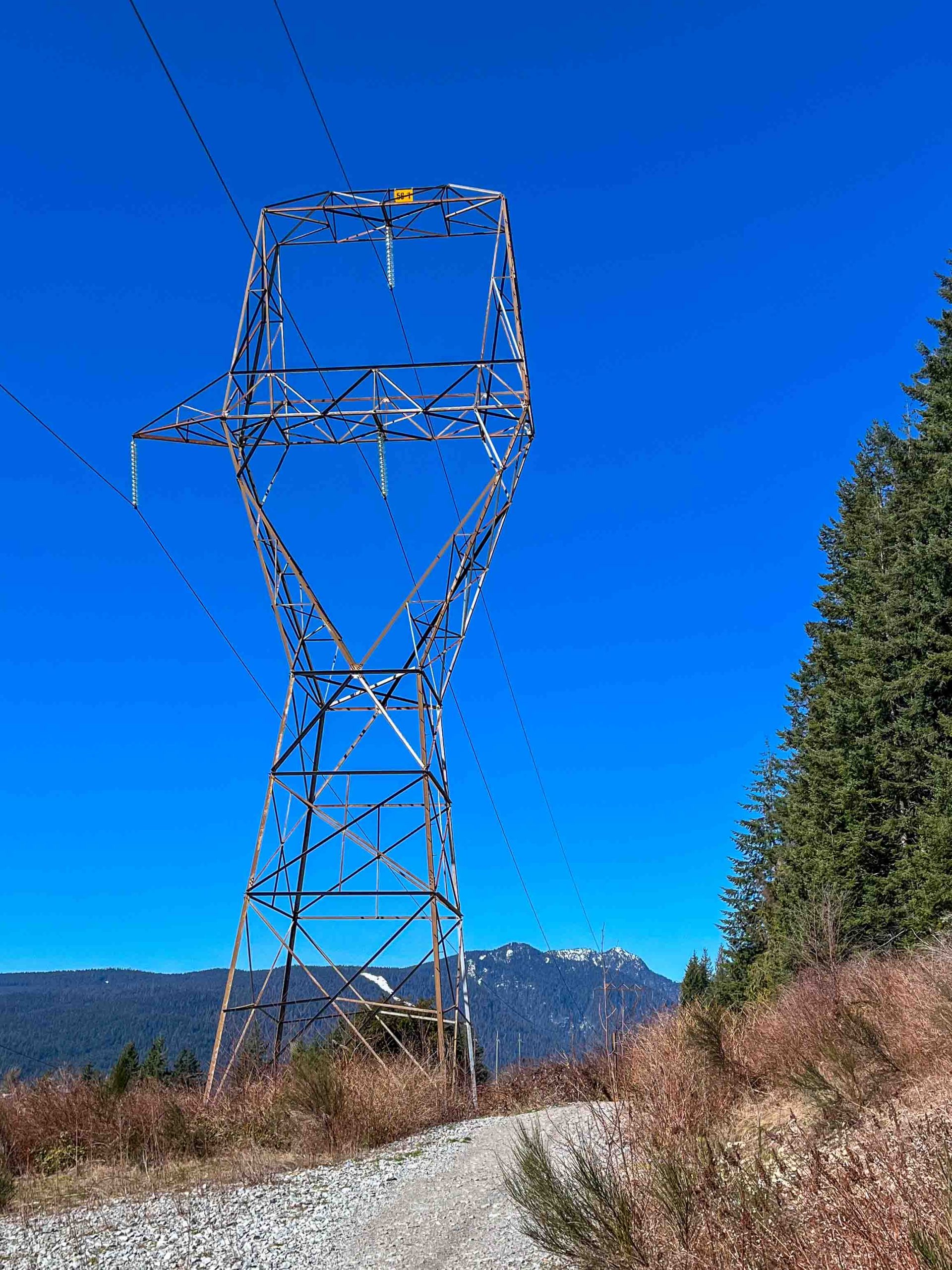On March 21, 2024, the BCUC approved a request from BC Hydro, allowing the utility to delay submission of its cost of capital application.
For most utilities, the BCUC determines the return to shareholders that can be included in rates. This is a fundamental aspect of the “just and reasonable” test for utility rates – utilities are allowed to recover their prudently-incurred costs plus a return to their shareholders. The return to shareholders is usually calculated as a percentage of the shareholder capital employed by the utility to provide services. In 2023, the BCUC set the return to the shareholders of FortisBC Inc., a much smaller electric utility, at 9.65 percent per year.
But BC Hydro, as often seems to be the case, is different. Since April 1, 2019, the BCUC has been directed by the government to include in rates a $712 million return to the shareholder (i.e. to the government). The BCUC is not permitted to examine whether the figure of $712 million is more, or indeed less, than BC Hydro should earn for the shareholder capital capital employed.
The government’s latest direction to the BCUC that BC Hydro’s shareholder return should remain unexamined expires March 31, 2025. Anticipating this, the BCUC directed on April 21, 2023 that BC Hydro file a cost of capital application no later than April 1, 2024, allowing a full year for a regulatory proceeding to take place before the end of March 2025.
BC Hydro has had almost a year to complete this application. Then, on March 19, just 12 days before the BCUC’s deadline, it filed a request for a five-month delay, to August 31, 2024. Two days later the BCUC approved the request, without seeking input from interested parties or providing reasons for the decision (this is becoming something of a pattern for the BCUC’s recent handling of applications from BC Hydro).
BC Hydro did not call this a reconsideration request, perhaps because adding a fifth reconsideration request to the four it filed recently would not look terribly good. But make no mistake, this was a fifth reconsideration request; it asked the BCUC to vary its directive of April 21, 2023, long after the normal 60-day deadline for reconsideration requests.
It is not uncommon for utilities to ask for extensions to filing deadlines, and for the BCUC to agree to them. But such requests usually concern matters that a utility wants resolved in its favour, so the cost of the delay, if any, is to the utility.
But this is different. The BCUC directed BC Hydro to file the cost of capital application in order to be able to set just and reasonable rates for the utility from April 1, 2025. This will now be much harder to achieve.
If BC Hydro does file a cost of capital application by August 31, 2024, it’s unlikely the BCUC will be able to wrap up its regulatory proceeding before the government’s current direction to the BCUC to collect $712 million runs out on March 31, 2025. Will the government take the opportunity to extend, once again, its direction to the BCUC not to examine BC Hydro’s cost of capital, and set the shareholder return itself?
The BC Auditor General noted recently that, while it doesn’t consider BC Hydro to be “offside with rate-regulated accounting standards this year [the fiscal year ended March 31, 2023], net income directions are a future risk area that government and BC Hydro should actively monitor to avoid losing the ability to apply rate regulated accounting.”
The BCUC looks dangerously close to being unable to apply “rate regulated accounting” from April 1, 2025. Is BC Hydro about to cause the province’s auditor to qualify the provincial accounts again, as it did in fiscal 2017 and 2018?
Ultimately though, one can understand why BC Hydro might not be keen on the BCUC looking into the utility’s cost of capital just now. Putting the new Site C dam into service will significantly increase BC Hydro’s rate base (the value of its assets in service), and hence the amount of the return that could be paid to the shareholder.
According to BC Hydro’s forecast in appendix A of its most recent rates application, the value of the utility’s assets in service will rise from $25.8 billion to $40.3 billion the year Site C goes into service, a jump of $14.5 billion or 56 percent. Regardless of whether the government-directed cost of capital of $712 million per year is too low or too high, Site C is going to cause the “real” figure to increase considerably. And that doesn’t include the $36 billion of additional investment the government announced recently, which will further increase the figure.
No wonder BC Hydro wants more time to consider “potential alternative approaches to establishing its cost of capital so that future BC Hydro rates remain affordable for British Columbians as the energy transition continues to advance.”


